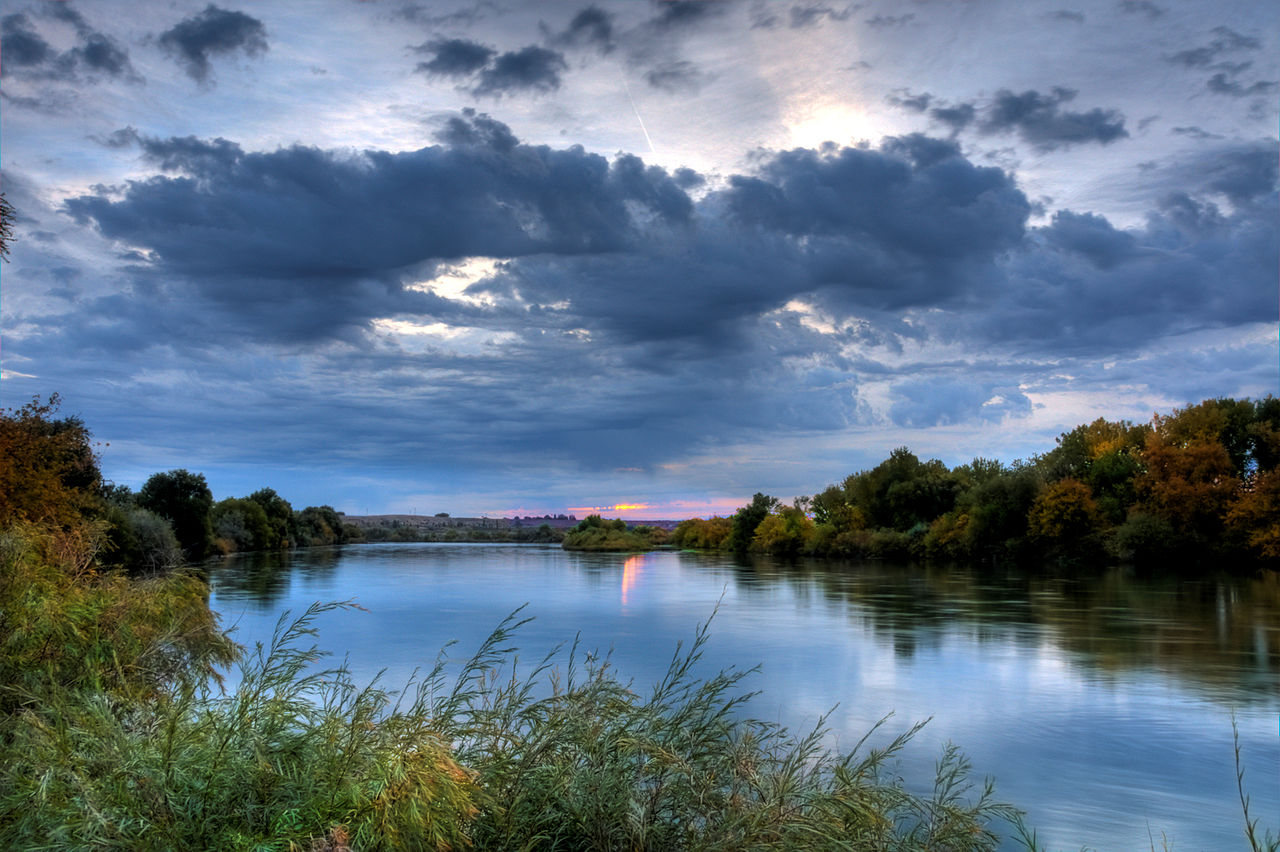Rivers play a pivotal role in our national imagination. In school, we learn about Abraham Lincoln’s travels on the Mississippi River, or Lewis and Clark’s passage along river routes toward the Pacific Ocean. From the Bible, we learn of the river running through the new Jerusalem, with the picture of redemption and new life it brings. As a child, I watched documentaries about Idaho’s Salmon River, and crossed over the powerful Snake River via bridge every week.
Login to read more
Sign in or create a free account to access Subscriber-only content.
Topics:
